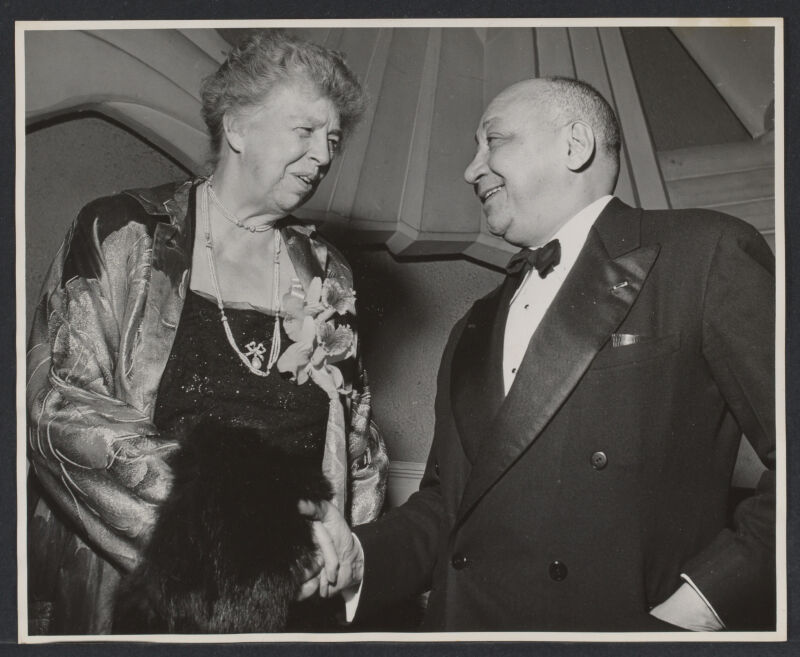
The Center for the History of Medicine is pleased to announce that the Louis T. Wright papers have been fully digitized and are available for online access. Louis Tompkins Wright (1891-1952), B.A., 1911, Clark University, Atlanta, Georgia, M.D., 1915, Harvard Medical School, Boston, Massachusetts, was a surgeon and medical desegregation advocate who served as Chief of Surgery at Harlem Hospital, New York, New York from 1943 until his death in 1952. He also chaired the Board of Directors of the National Association for the Advancement of Colored People (NAACP), where he worked on improving medical care for Black patients and on desegregating hospitals.
The Louis Tompkins Wright papers, 1909-1997 (inclusive), 1919-1953 (bulk), are the product of Wright’s administrative, professional, activist, writing, and publishing activities throughout his career as a surgeon and social activist who studied medical desegregation, fractures, aureomycin, and chemotherapy. Of particular note are the scrapbooks Wright assembled over his career. They include numerous clippings from Black newspapers, some of which are not extant in any other format.
Staff at Harvard Library’s Weissman Preservation Center performed conservation work on the scrapbooks to stabilize them for imaging. The digitization of the Louis T. Wright papers was performed by Harvard’s Imaging Services unit, with the support of Harvard Library’s Equity, Diversity, Inclusion, Belonging, and Antiracism (EDIBA) Digitization Program, which “aims to increase the diversity of voices in Harvard’s digital collections.”
For more information on the Louis T. Wright papers, as well as links to digitized items, please see the collection’s online finding aid. For more information about accessing the collection, please consult the Center’s website or email Public Services.